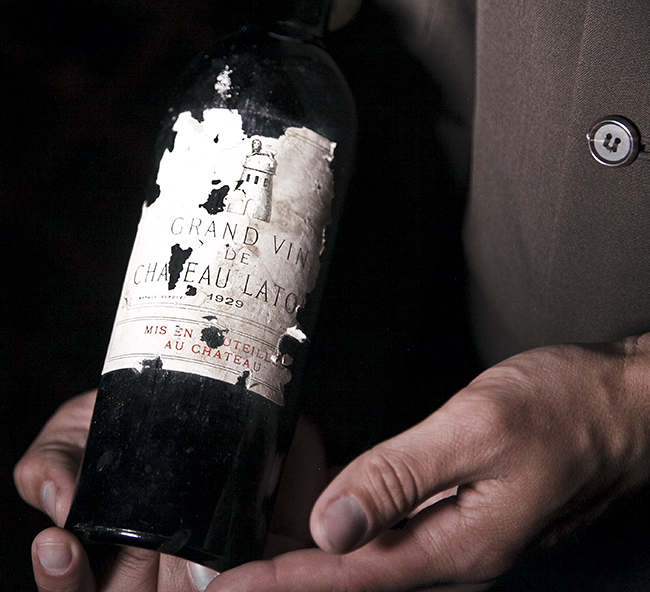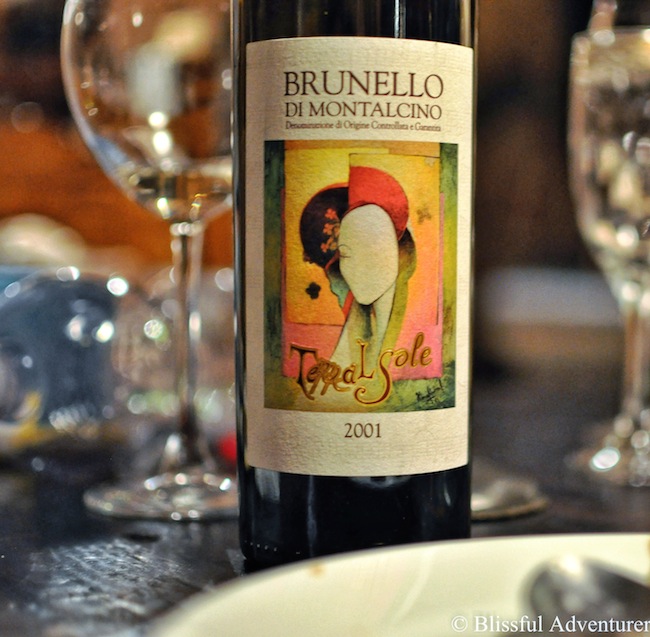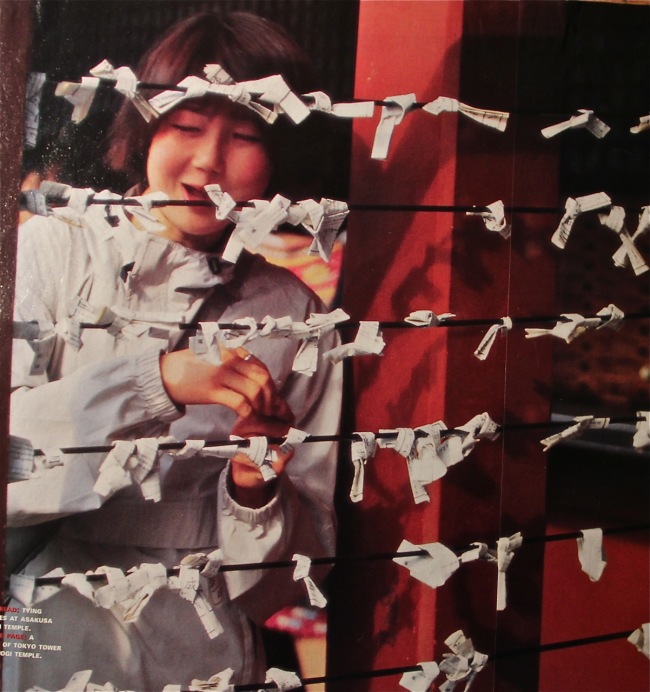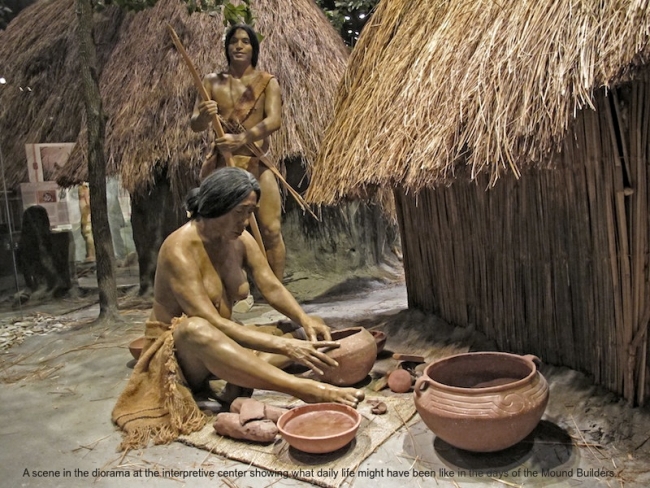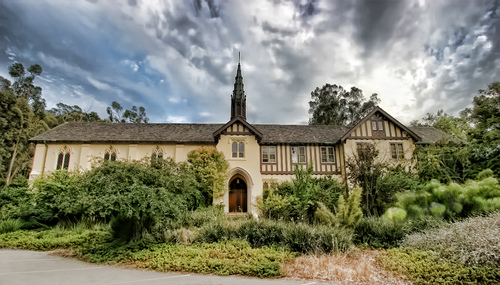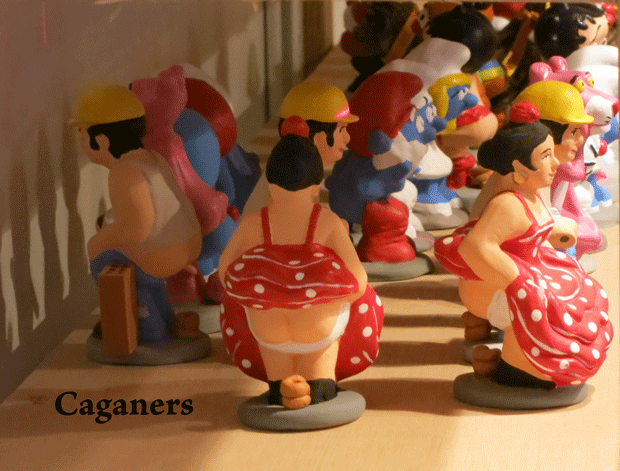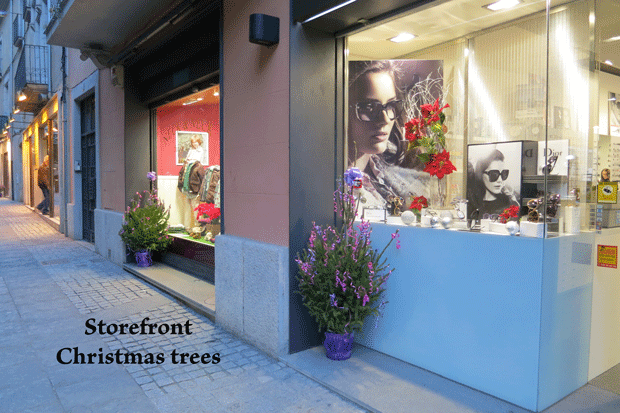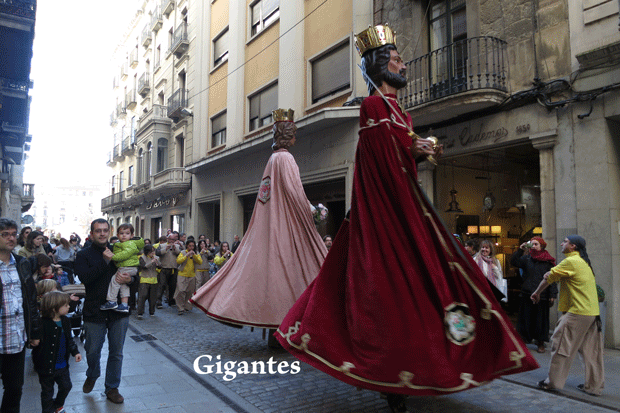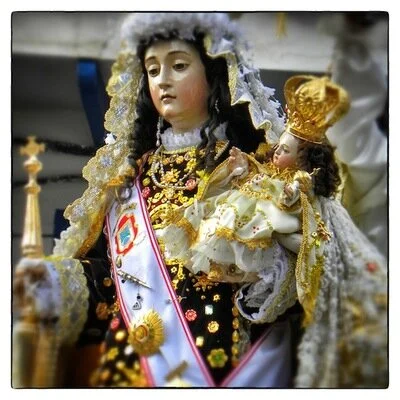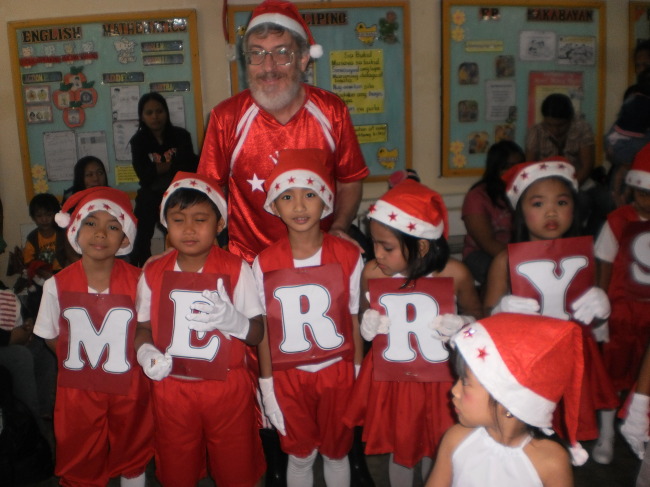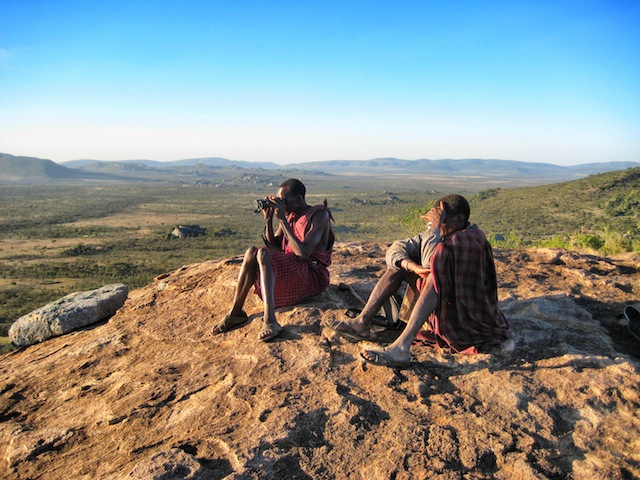The dog's tail wagged impatiently. Lady -- a small, nondescript, white and brown mutt -- raced ahead to the oak tree, sprinted back and forth, nose thrust into the ground, then triumphantly started digging with gusto. Looking up with an air of satisfaction, Lady was handsomely rewarded before her master carefully scraped the loosened dirt with his pick. The five visitors observing the ritual looked on expectantly. Using his fingers to gingerly explore further, the truffle hunter delicately removed his treasure: a large, walnut-size white truffle, one of the epicurean riches of Alba, a gem of a city in the Piedmont region of northwest Italy.
Okay, let me just say that up to now the closest I had come to a truffle was in a Whitman’s Sampler box and it was covered with chocolate. And I’m pretty sure it had never been routed out by a dog. This truffle hunting is a respected art form in Alba, and proper training of the dogs is at its heart. Any breed can aspire to the job, but selection depends upon its resume. It must have a good nose (a trait the dogs presumably share with the region's prestigious wines), and trainers can ascertain that after three days. Once the dogs show promise, they attend the Barot University of Truffle Hunting Dogs, in operation since 1880, for two to three months of specialized training. Graduate school is optional.
Now let's talk truffles. Sure, to the uninitiated, it may just be a foul fungus, but to the gourmand, it represents the ultimate in gastronomic delights. It is judged by size, color, shape, texture, aroma - some would say offensive olfactory onslaught; others, fragrance of the gods -- and its overall perfection. There's a lot to be said for this smelly little mushroom.



